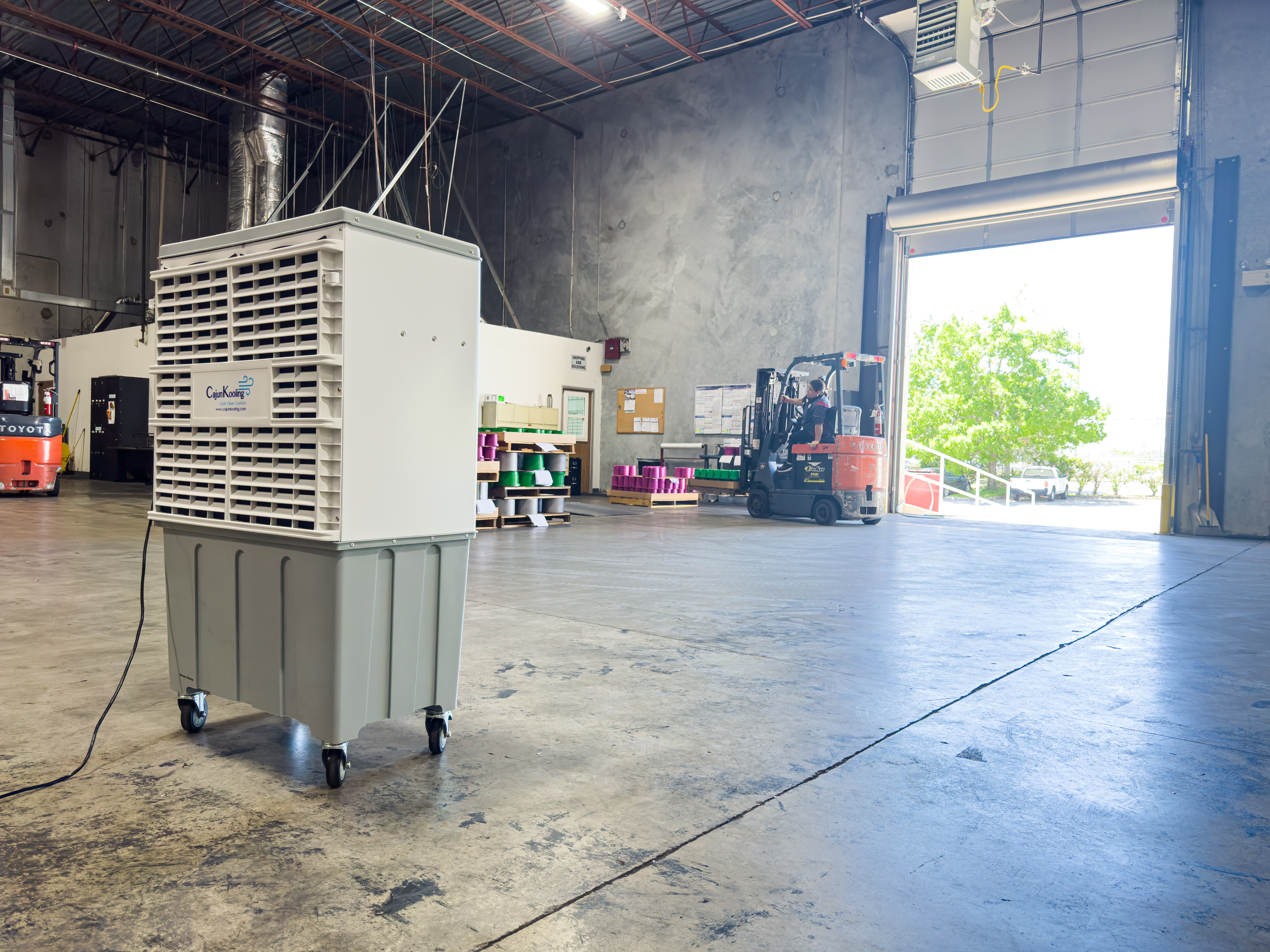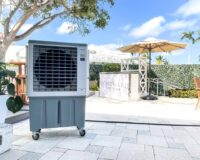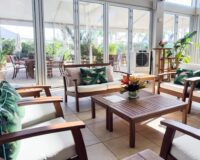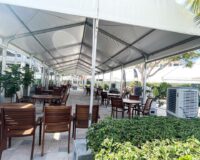Evaporative Coolers vs. Portable AC Units: Which Is Better for Your Space?

If you’re searching for a more energy-efficient, eco-friendly way to beat the heat, you’ve probably come across the term evaporative cooling—sometimes called swamp cooling. But what exactly is it, and how does it work?
In this post, we’ll break down the basics of evaporative cooling, how it compares to traditional air conditioning, and whether it’s the right choice for your home, business, or outdoor space.
🌬️ What Is Evaporative Cooling?
Evaporative cooling is a natural cooling process that uses water and airflow to lower air temperatures. It’s the same concept your body uses when you sweat: as moisture evaporates, it draws heat away and cools the surface.
Evaporative coolers (also known as swamp coolers) use this principle by:
-
Drawing warm, dry air through water-saturated cooling pads.
-
As the air passes through the pads, the water evaporates.
-
The result is cool, moist air that gets blown into your space.
This process doesn’t use any refrigerants or compressors—just water and a fan.
⚙️ How Does a Swamp Cooler Work?
Here’s a breakdown of how a typical unit—like those from Cajun Kooling—operates:
-
Fan pulls in warm air from the outside or surrounding space.
-
Water pump circulates water over thick cooling pads.
-
Evaporation cools the air as it flows through the moist pads.
-
Cool air is blown out into the room, garage, warehouse, or patio.
The key element? Evaporation. And the drier the air, the more effective the cooling process.
✅ Key Benefits of Evaporative Cooling
-
Energy Efficiency: Uses up to 75% less electricity than traditional air conditioning.
-
Eco-Friendly: No harmful refrigerants; relies on a natural process.
-
Adds Humidity: Great for dry climates where extra moisture improves comfort.
-
Fresh Air Circulation: Constantly draws in fresh outside air instead of recycling stale indoor air.
-
Lower Cost: Both upfront and long-term operating costs are typically lower than HVAC systems.
🔁 Evaporative Cooling vs. Traditional AC
| Feature | Evaporative Cooler | Air Conditioner |
|---|---|---|
| Cooling Method | Water evaporation | Refrigerant cycle |
| Best Climate | Hot & dry | Hot & humid |
| Air Circulation | Constant fresh air | Recirculated air |
| Energy Use | Low | High |
| Cost to Run | Low | High |
| Adds Humidity | Yes | No (often removes it) |
| Eco-Friendly | ✅ | ❌ (uses chemicals) |
If you live in the Southwest, West, or areas with low humidity, evaporative cooling can be an excellent alternative to AC.
🏠 Where Does Evaporative Cooling Work Best?
-
Garages, barns, and workshops
-
Warehouses and industrial spaces
-
Outdoor patios and event tents
-
Gyms and fitness centers
-
Indoors in dry or semi-arid regions
-
Glamping setups and RVs
🔧 What to Look for in an Evaporative Cooler
When shopping for a swamp cooler, consider:
-
CFM Rating (Cubic Feet per Minute): Indicates how much air the unit can move. Bigger spaces need higher CFM.
-
Water Tank Size: Larger tanks require fewer refills.
-
Portability: Wheels or handles help if you need to move it between zones.
-
Durability: Industrial-grade materials matter in harsh conditions.
-
Ease of Maintenance: Look for easy-access pads, filters, and reservoirs.
Cajun Kooling’s product lineup includes a range of high-quality, rugged coolers built to handle Louisiana heat and beyond.
💭 Final Thoughts
Evaporative cooling offers an affordable, efficient, and environmentally friendly way to keep cool—especially in large spaces or dry climates. Whether you’re cooling a workshop, a patio, or a full commercial warehouse, understanding how the technology works will help you choose the right model and maximize your comfort.
Ready to Feel the Difference?
Browse Cajun Kooling’s evaporative coolers to find a unit that fits your space and climate. Have questions? Reach out to our team—we’re happy to help you pick the perfect swamp cooler for your needs.




